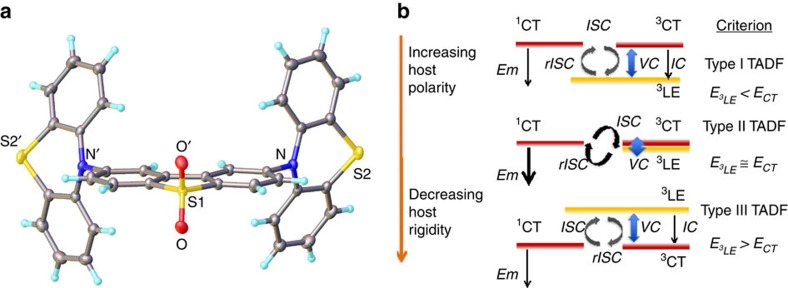Figure 1. The X-ray structure of DPTZ-DPTO2 and proposed model for the TADF mechanism in this system.
(a) The donor–acceptor–donor X-ray structure of DPTZ-DPTO2, (2,8-di(10H-phenothiazin-10-yl)dibenzo[b,d]thiophene 5,5-dioxide). (b) The proposed model for the TADF mechanisms in DPTZ-DPTO2, which considers the ISC between 1CT and 3LE based on the inhibited intra CT states ISC and rISC. VC represents the vibronic coupling between states. Type I is a system of high rigidity/low polarity so that 3LE is below 1CT and Type III is a system of low rigidity/ high polarity where 3LE is above 1CT, such that in both cases 3LE is off-resonance from the CT states. Type II represents the ideal case and the most efficient TADF system where molecular structure and polarity and rigidity controlled energetics are such that 3LE is on-resonance with the CT state, giving high efficiency rISC and hence TADF.

